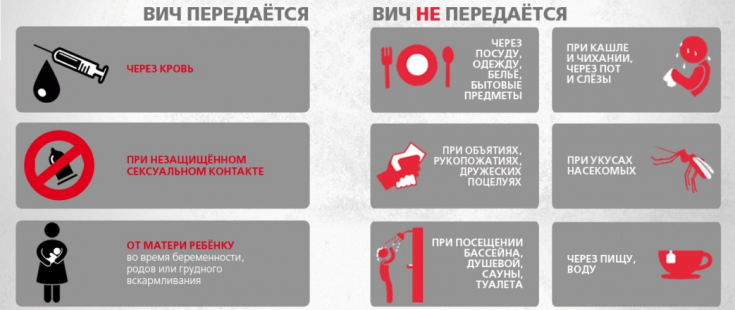According to UNAIDS (Joint United Nations Program on HIV / AIDS), there are 36,900,000 people living with HIV infection in the world.
Among them, 21,700,000 are receiving antiretroviral therapy (ART). Despite the availability of ART and a significant decrease in the incidence rate after its introduction, ensuring effective vaccine prevention of HIV infection is relevant both in the economic and social aspects.
Find out in this article on estet-portal.com about the latest discoveries in the field of HIV vaccine.
HIV vaccine model
The International AIDS Vaccine Initiative's model calls for a 70% effective HIV vaccine by 2027.
Follow us on Instagram!
Such a vaccine is projected to reduce new cases by 44% during the first 10 years of use and by 78% by 2070
The model also assumes that the vaccine would be more effective and significantly less valuable in preventing HIV infection than pre-exposure prophylaxis (PrEP).
Another International AIDS Vaccine Initiative model shows that a 50% effective HIV vaccine could reduce the number of new cases by 7 million by 2035.
Infectology: modern ideas about the role of infectious diseases
An HIV Vaccine: Development Challenges
Since the 1980s, scientists have been actively working on the development of a vaccine against HIV infection, but it still does not exist. Progress is largely hampered by the fact that it is not possible to conduct studies on the effectiveness of vaccines in animals, since the latter cannot be infected with HIV. Therefore, studies in animals (particularly monkeys) are carried out using vaccines against the simian immunodeficiency virus (SIV). Obviously, this greatly affects the reliability of the results.

Most vaccines are designed to produce specific antibodies that "neutralize" infectious agent when it enters the body. But this concept does not work in the case of HIV infection: specific antibodies are not able to neutralize it. During the life cycle of HIV infection, a huge number of mutations occur, so the developed antibodies quickly become ineffective against new viruses. Millions of new viruses are produced every day, and each one is slightly different from the previous generation.
Therefore, it is promising to invent a vaccine that will be aimed at producing antibodies to the most stable structural part of HIV, which does not change during replication.
Another problem is the existence of different subtypes of HIV infection that prevail in different regions of the world. For example, subtype B is common in North America and Europe, subtype C - in South and East Africa. Therefore, it is promising to develop a vaccine that is simultaneously effective against all subtypes of the virus. The vaccine must also stimulate the production of T-lymphocytes capable of neutralizing HIV-infected cells.
The role of the herpes simplex virus in the occurrence of dermatological diseases
The HIV Vaccine: A History of Development
The results of the first large clinical trial of an HIV vaccine - AIDSVax − were published in 2003. The AIDSVax vaccine contained fragments of the virus − gp120 glycoproteins. Clinical studies have shown it to be ineffective. The next step was the development of a vector vaccine, where the "vector" (that is, the template containing the inserted genes encoding specific proteins of HIV infection) was an adenovirus.

This vaccine was aimed at stimulating cellular rather than humoral immunity. However, this study called STEP was stopped in 2007.
HIV Vaccine: Current Opportunities
A modified RV144 vaccine is currently being tested in the Phase III clinical trial HVTN 702 (Uhambo). The results of the study will be published in 2021.
Second large clinical trial of HIV vaccine - HVTN 705 − aimed at testing two experimental vaccines − "basic" Ad26 vaccine and "booster" Clade C gp140.
Influenza season is coming: modern approaches to treatment and prevention
Ad26 vaccine uses as "vector" adenovirus and is aimed at developing an immune response to a wide range of viruses (and not just HIV infection). At the same time, the "booster" the dose is aimed at producing antibodies to the gp140 proteins of HIV. The results of the study will be published in 2022 According to the most optimistic forecasts, an HIV vaccine will be developed and introduced as early as 2030. However, it has not yet been finally clarified what is the minimum effectiveness of an HIV vaccine in order to be economically justified.
Types of influenza viruses and main clinical symptoms of the disease
Another issue may be the priority given to vaccination, which will probably depend on the socio-economic conditions of each country. For example, in countries with high incidence among young women, adolescent girls and young women will be priority groups. In the meantime, it remains to be hoped that in the near future it will be possible to develop an effective vaccine against HIV infection and introduce its practice.
Infectious mononucleosis: modern methods of diagnosing the disease







Add a comment